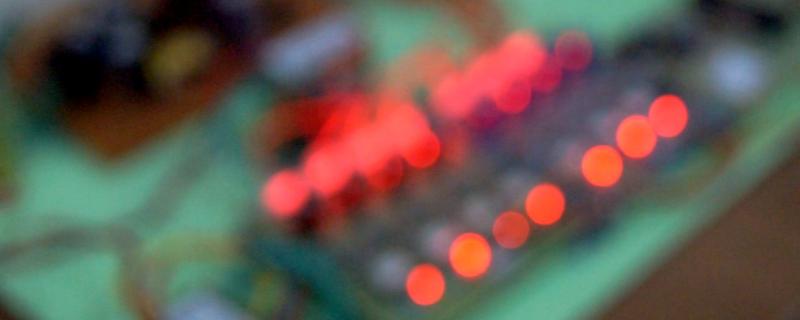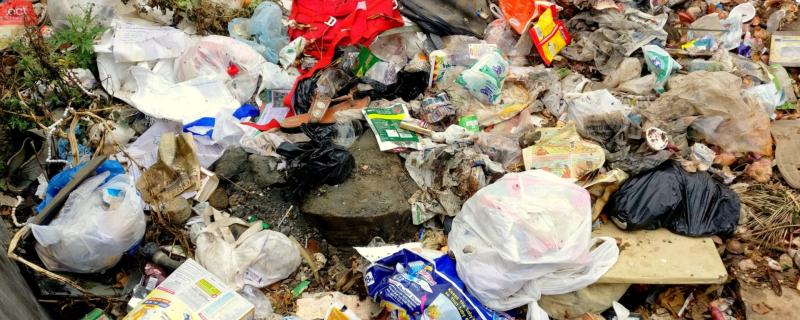Securing communication channels has been a long standing challenge for humans ever since early civilisations. Thanks to advances in computation, many so called 'secure' algorithms have been broken and the risk of information being in the wrong hands is at an all time high. A new study by researchers from IISc and NIT-Karnantaka has now developed an improvised version of a cryptographic algorithm based on quantum physics. This algorithm, the researchers claim, works efficiently and faster than their previous versions and allows higher data rate. They also also developing a new breed of communication devices running the improvised algorithms. These devices, the researchers claim, can be integrated into existing infrastructure, making them all the more secure.
IIT Bombay’s new deep learning framework, named SpADANet, enhances damage classification accuracy using limited labels across multiple hurricanes.
Mumbai/




